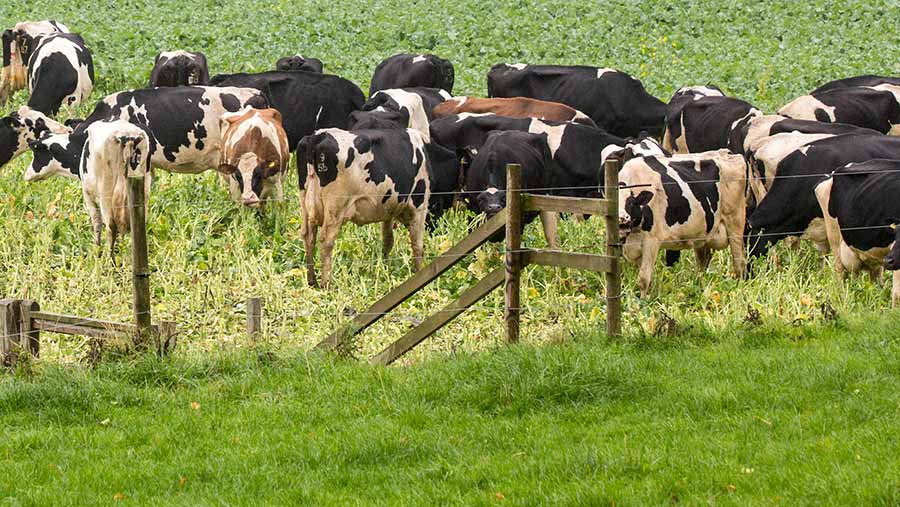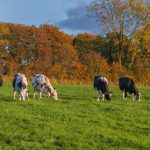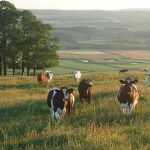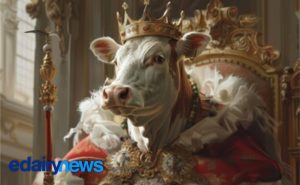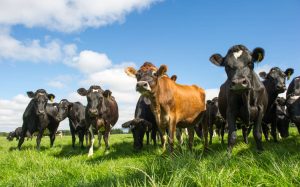
An estimated 80 percent of dairy farmers had winter grazing plans as the season got underway in June and over 1200 farmers are armed with Beef + Lamb New Zealand’s new Winter Grazing Module.
DairyNZ farm performance general manager Sharon Morrell said DairyNZ’s annual winter grazing consults with 150 Southland and South Otago farmers highlighted the prep and good management practices in place this past season.
“Around 80 percent of dairy farmers had a plan last winter,” said Ms Morrell. “But there was also a clear desire of farmers to go the extra mile.
“There’s a real community drive toward lifting practice and holding one another to account. It’s a real credit to farmers as they bring a team approach.”
Winter grazing plans offered online by DairyNZ and Beef + Lamb New Zealand saw a five-fold increase in downloads, compared to 2019. These plans support the whole farm team to apply good practice winter grazing.
“We also saw an estimated 89 percent of dairy farms with a contingency plan for 2021. These are one of the most important things for farmers to have for a successful winter,” said Ms Morrell.
Farmers use a contingency plan to manage severe weather or bad paddock or soil conditions to help protect animal comfort and minimise mud – with flow-on benefits for environment and waterways.
DairyNZ and B+LNZ campaigns supported farmers to implement sustainable intensive winter grazing activities this year. B+LNZ’s North Island GM Corina Jordan said this work has been crucial to supporting farmers.
“The number of sheep and beef farmers with winter grazing plans in place this season was high. The number of attendees at our winter grazing events has more than doubled from last year and we know over 1200 farmers have our new Winter Grazing Module, either through our farm plan or attending a specific winter grazing workshop,” said Ms Jordan.
Conversations with farmers identified changes to reduce soil run-off, as well as smart ideas to graze strategically so drier parts of a paddock are available in wet weather. Also identified was the need for farm decision-makers to close the loop with the team managing paddocks – to help with day-to-day management.
“A farmer’s main priority is the cows and where they can lie. Farmers have been sharing with us detailed descriptions of what cows need and what the team looks for so cows can rest in drier areas,” says Ms Morrell.
“The feedback we’re getting from farmers is they appreciate the practical farmer-led approach and we’ll continue to work across the sector, with regional councils and farmers on achieving positive outcomes across animal welfare, the environment and sustainable farming business.”
Ms Morrell encourages farmers to review the past winter.
“Now is a good time to reflect on what went well and can be improved for next season. Look back over the last two winters – what were the wins and what needs improvement? Plan paddock selection and cultivation with those learnings in mind – think about how the system, including your team, coped this season.”
New winter grazing rules will be coming into effect next year and a detailed plan for every winter crop paddock will help meet the outcomes required.
DairyNZ and B+LNZ will continue to work together on intensive winter grazing.
